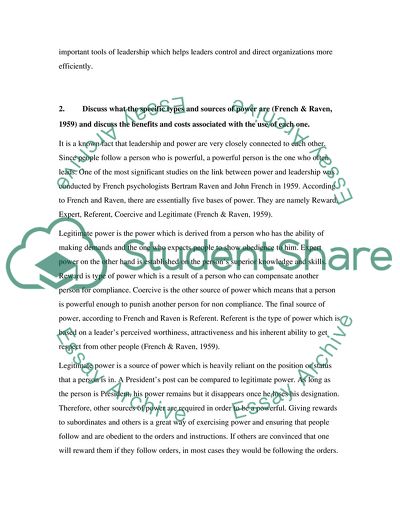Cite this document
(Current Issues in Leadership Assignment Example | Topics and Well Written Essays - 1500 words, n.d.)
Current Issues in Leadership Assignment Example | Topics and Well Written Essays - 1500 words. Retrieved from https://studentshare.org/human-resources/1745062-leadership-essay-questions
Current Issues in Leadership Assignment Example | Topics and Well Written Essays - 1500 words. Retrieved from https://studentshare.org/human-resources/1745062-leadership-essay-questions
(Current Issues in Leadership Assignment Example | Topics and Well Written Essays - 1500 Words)
Current Issues in Leadership Assignment Example | Topics and Well Written Essays - 1500 Words. https://studentshare.org/human-resources/1745062-leadership-essay-questions.
Current Issues in Leadership Assignment Example | Topics and Well Written Essays - 1500 Words. https://studentshare.org/human-resources/1745062-leadership-essay-questions.
“Current Issues in Leadership Assignment Example | Topics and Well Written Essays - 1500 Words”. https://studentshare.org/human-resources/1745062-leadership-essay-questions.


